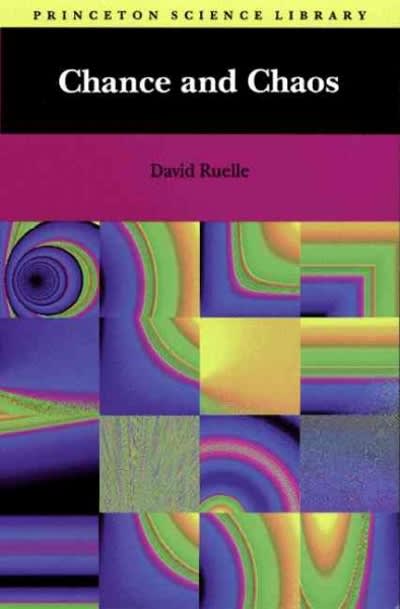
i above, large test statistics means more evidence against the null hypothesis and in favor of the ve hypothesis. So, if our data resulted in a rather large test statistic, we would have evidence to hat not all vessel activities are equally likely to cause collisions with whales. On top of this, if our 'esulted in large test statistic, anything larger would result in even more evidence against the null sis. hat the graph on the right is plotting "Sampled Chi-Square" values. From the most recent sample, see in blue text at the bottom what the chi-squared value turned out to be. Every time a sample is chi-squared statistic is calculated and then plotted on the graph on the right. Change the "Number of Samples" to 998 to make it an even 1000 samples taken Click on Sample 1 do you notice about the graph on the right? Where do most of the values fall? What shape does ve? Sketch or past a screen shot of the graph. ad on the shape of the graph on the right, why do you think using a z-test statistic would be upropriate here? ph on the right is similar to what we have seen before, in the respect that it is a graph of test '. derived from various samples. However, as you have discovered, it is a graph of Chi-Squared ( test statistics rather than z - test statistics. Each value represents how far off from the sized distribution the distribution of the sample is. We can use this graph to determine if the :1 distribution of vessel activity in the sample of 89 collisions is different from the expected ion of vessel activity if there were no differences among all four types of activities with respect to mumbers. out that the X2_"' test statistic for the sample taken from the study is 24.843. (We will show value is found later.) 5 this value seem large with respect to the other values in the graph on the right? Do you think will provide us evidence that some vessel activities are more likely to cause collisions than rs? :rmine how likely it is to get our X2 test statistic (24,843} or something larger by entering this e in the "Count Samples" section and clicking Count








